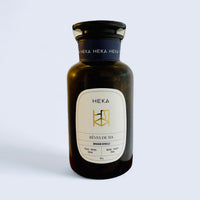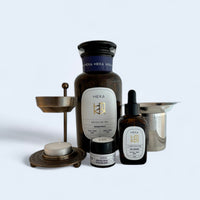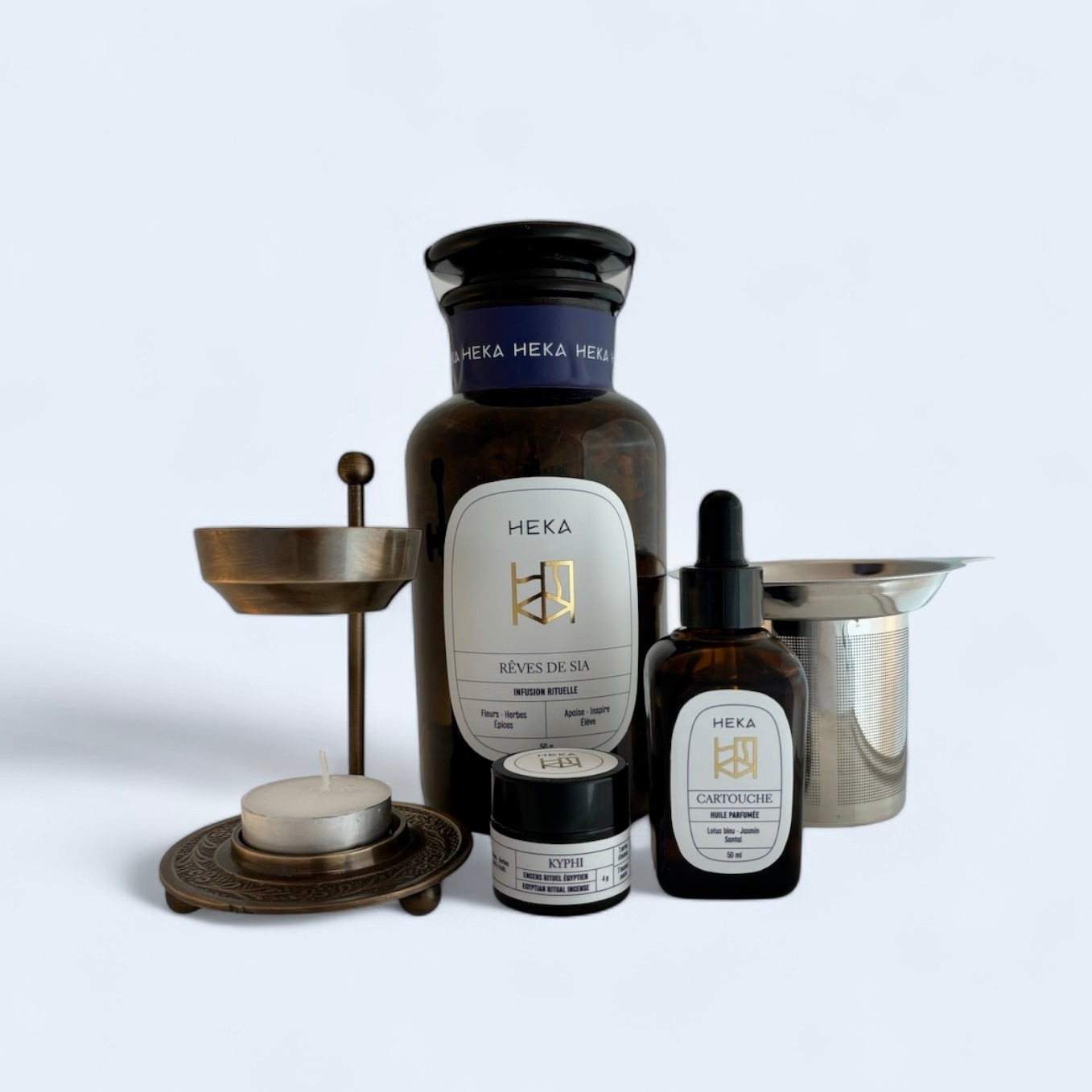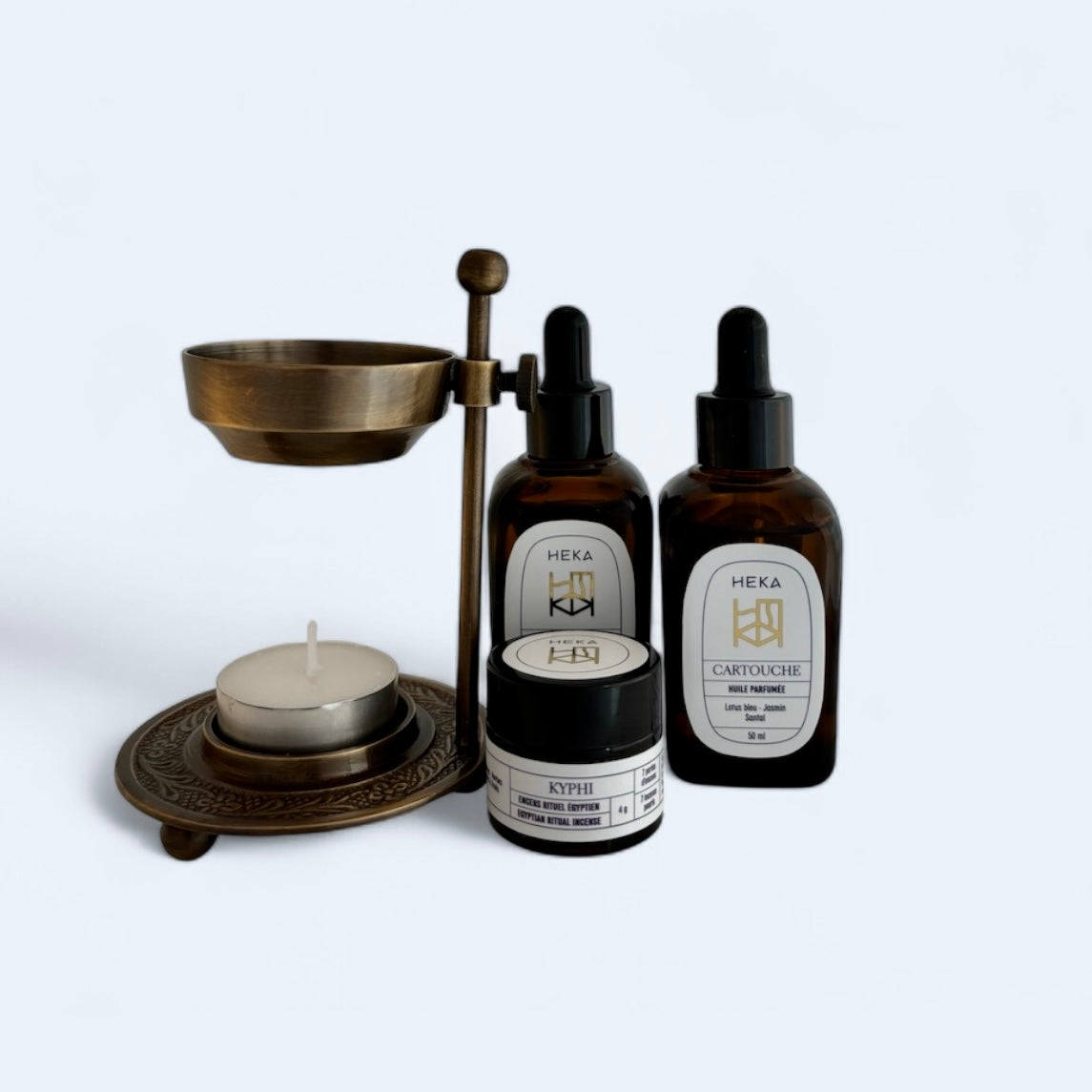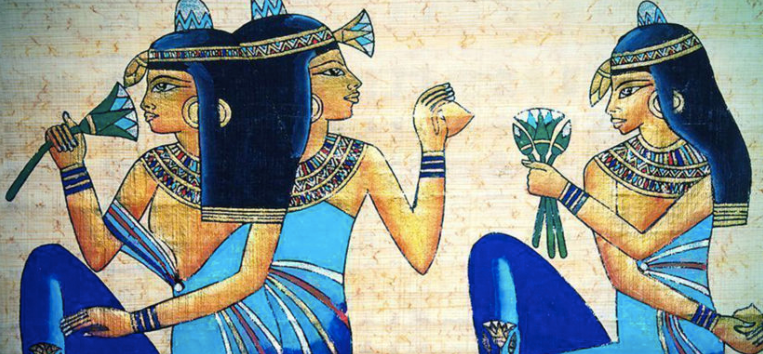
The blue lotus (Nymphaea caerulea), also known as the water lily, is a beautiful and enigmatic flower that originated in Ancient Egypt, where it was extensively cultivated over 3,000 years ago on the banks of the Nile for its beauty, fragrance, and intoxicating effects. The plant thus held immense cultural and spiritual significance for the Egyptians of the time, appearing extensively in artwork, depictions, myths, and stories, as well as embodying the symbol of certain deities.
The ancient Egyptians believed in particular that the sweet smell of the Blue Lotus had a divine origin and that Ra, the Sun god, was born from it. Adored for its aphrodisiac and psychotropic virtues which facilitated the penetration of the worlds, it was very widely used in rituals, ceremonies, cosmetics and perfumed ointments.
Over time, however, the blue lotus flower was forgotten and remained in the shadows for millennia, until the first archaeologists of the modern world rekindled its spark in the early 19th century with the discovery of ancient tombs and the excavation of the pharaohs from their resting places. Researchers thus inquired about the numerous representations of the blue lotus on almost all the columns and walls of temples and tombs. It then became evident that it had a profound importance and that the flower of the Nile would once again be able to share its secrets with us and offer us its gifts such as its aphrodisiac powers, its relaxing sensations, the lucid dreams it could induce and the dreamlike states into which it gently transports us.








